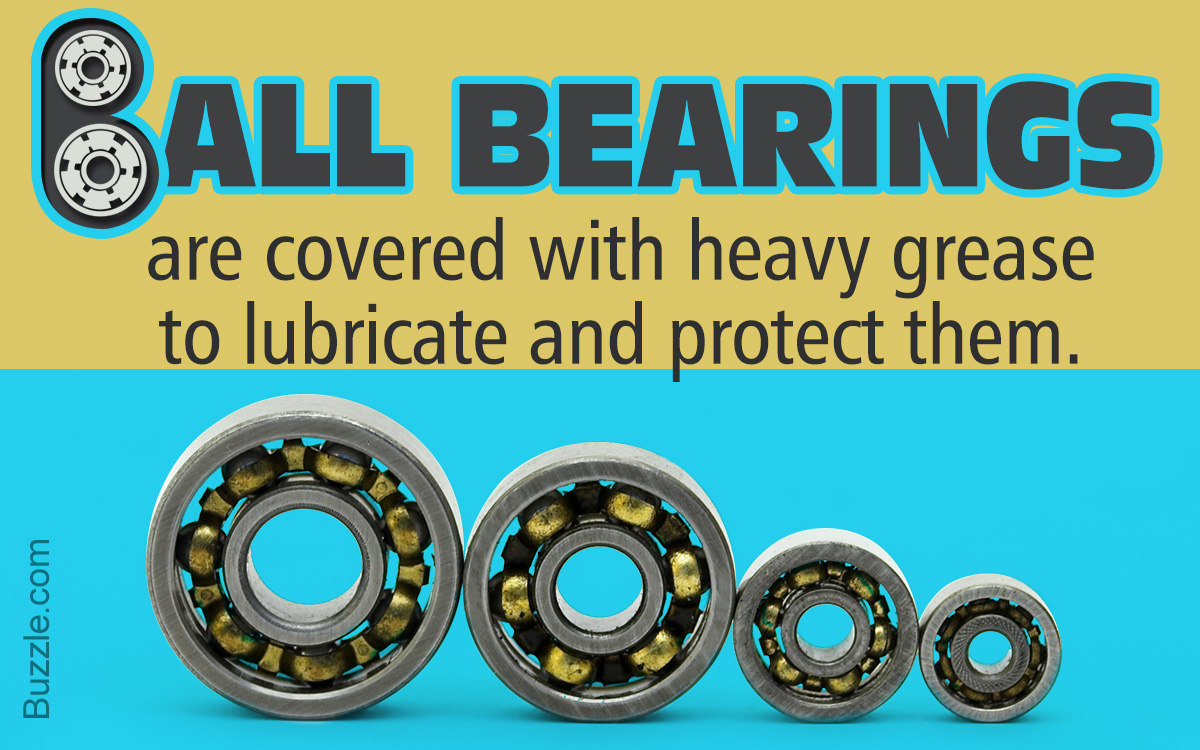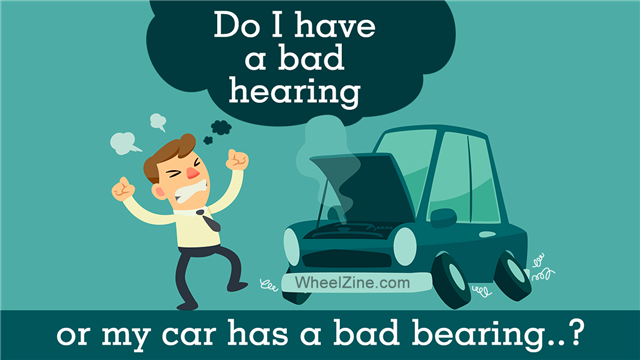
If a wheel bearing failure is ignored, it can lead to a nasty accident. Let’s have a look at the things to watch out for in such a case, and what should be done about it.
Fixing of the brakes hasn’t done anything to reduce the squeaking sound your car has? Maybe it is time to give the wheel bearing a change. Wheel bearings don’t need replacement frequently, and in most cases, they give away only after the first 200,000 odd miles.
The small bearings play a crucial role in the spinning of your vehicle’s wheels. Bearings contain rollers inside, which spin in the cage. These spinning rollers bear the weight of the vehicle on the axles. Bearings do not just take the load of the vehicle when it is still, but also while it is moving, cornering, braking, and most importantly, when it drives over potholes and ditches.
Apart from heavy-duty usage, ignorance, improper servicing, and poor maintenance can lead to wheel bearing failure. So what are the indications that your wheel bearing has given way?
Warning Signs
Noise is the first thing that will alert you about a wheel bearing that is failing. Most prominently, a knocking noise, and on some occasions, a squeaky squealing moan is what would be the first indicator of such a problem. Initially, the sound would be heard only at certain speeds, but will become fairly regular and prominent as the condition of the bearings worsen. Other indicators include mild vibrations and oil leakage from the axle.
To check for a possible wheel bearing failure, just jack up the car off the ground, hold the wheel tight from the top and bottom, and try moving it sideways. If there’s no movement or negligible movement, everything is fine. Else, it is time for a replacement.
Before you begin the replacement procedure, make sure to:
- Park your vehicle on an even surface; not on an inclined road.
- Set the parking brake and block the rear wheels.
- Jack up the car and place the jack stand right below your vehicle for proper support.
Replacement

- Grab the bearing cap and pull it so that it pops out.
- Under the bearing cap, are located the cotter pin and the retainer ring. Remove them too.
- Now remove the spindle nut using a wrench.
- After that, remove the outer bearing and slide the rotor off the spindle.
- Remove the grease seal completely using a knife or a wrench.
- If any grease is left over, wipe it off using a damp rag.
- Look behind the bearing hub for a small gap where you can insert a punch and tap out the bearing races from the hub. Do not pull it out in a jiffy. Take your time and alternate between tapping positions to make sure it does not get cocked in the hub. Flip the rotor and repeat the procedure for the other bearing race too.
- Take a new wheel bearing race and grease it well.
- Now tap the new race into the hub evenly from all sides.
- Flip over the hub to check if the race has fitted in well from the other side. Repeat the same procedure for the other race too. Make sure you use enough grease for the races to slide into the hub.
- Grease all the bearings well. Apply some grease on the race and push the inner wheel bearing into it.
- Grease the hub between the races and on the spindle, so that the rotor slides on the spindle easily.
- Slide the rotor on the spindle and grease the outer surface of the races.
- Now slide the washer on.
- Place the nut on the spindle and tighten it till it stops moving.
- Spin the rotor back and forth a couple of times.
- Assemble the nut in such a way that it is in sync with the hole of the spindle, and then tighten it.
- Install a new cotter pin and a retaining ring.
- Grease the inside of the dust cap.
- This finishes your wheel bearing replacement procedure.
Precautions
Timely maintenance of the wheel bearing, along with other parts of the vehicle is the key to safe driving. Proper greasing also plays an important role in the scheme of things. It minimizes friction in the functioning of the wheel bearing, which is absolutely vital.
The difference between a bearing working in good condition for a long time and one that is failing prematurely is quality high-temperature grease used for wheel bearings. As you apply the brakes, the vehicle inertia is converted into heat, and the vehicle slows down making the surrounding area extremely hot. If a low-temperature grease is used, it would liquefy and slip-up the brakes. More importantly, if you have used a certain grease before and it is good, stick to it.
Replacing the wheel bearings by yourself isn’t a tough task if you have the know-how of how vehicles are built and how they work. If you are a complete novice, getting it done by a professional is best advised.
